Portuguese Pavement – Lisbon’s Unique Street Tiles
Often, it’s the little, quirky things that seem to capture the spirit of wherever we travel, so today we thought we’d let you have a peek into the unique street tile art of Lisbon, Portugal.
The tiles, appropriately called Portuguese pavement or calcada portuguesa, come in many mosaic patterns. Even today they’re painstakingly laid down by hand, following a process created hundreds of years ago. We found these tiles everywhere on the streets of central Lisbon in an incredible variety of artistic patterns.
They’re one of our favorite unusual things to see and do in Lisbon.
The origin of the Portuguese street tile is a bit hard to track down, though they first appeared in Lisbon near the Castelo de São Jorge. They became so popular that their use spread quickly throughout the city. Today, the tiles are found all over Portugal, and even in former Portuguese colonies, including Macau, Rio de Janeiro and São Paulo, Brazil.
Sadly, these tiled streets and sidewalks are in danger of disappearing. Not only can they can be incredibly slippery, there are fewer and fewer tradespeople interested in learning the backbreaking art of maintaining these sidewalks.
Luckily for all of us, they are still popular in certain historical areas as well as numerous high end locations in Portugal and abroad.
About Rue Augusta
The photo above was taken on Rue Augusta, in the busiest part of Lisbon. Rue Augusta is a pedestrian only street filled with street cafes, flower stalls, bakeries and specialty shops selling everything from shoes and hats to Portuguese ginjinha liquor. Many old buildings, from the reconstruction of Lisbon by Marquês do Pombal after the 1755 earthquake, are still standing.
More Info
Check out our Pinterest board on Portuguese street tiles, where we’ve curated some of the best photos of these street tiles from around the world.
If you’re interested in how the pavement is made, the Portuguese Pavements Handbook (Manual da Calçada Portuguesa) has a detailed look at calçada portuguesa, covering everything from origin to detailed building specifications.
Creating the calçada portuguesa is backbreaking work, and even today the tiles are laid in much the same way they were hundreds of years ago. This video gives some idea of the backbreaking work required to create and maintain Portuguese street pavement.

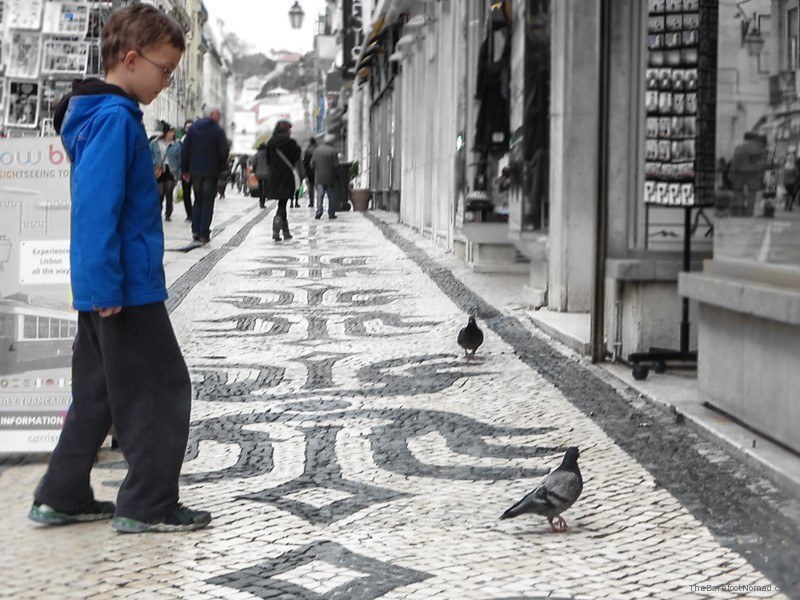
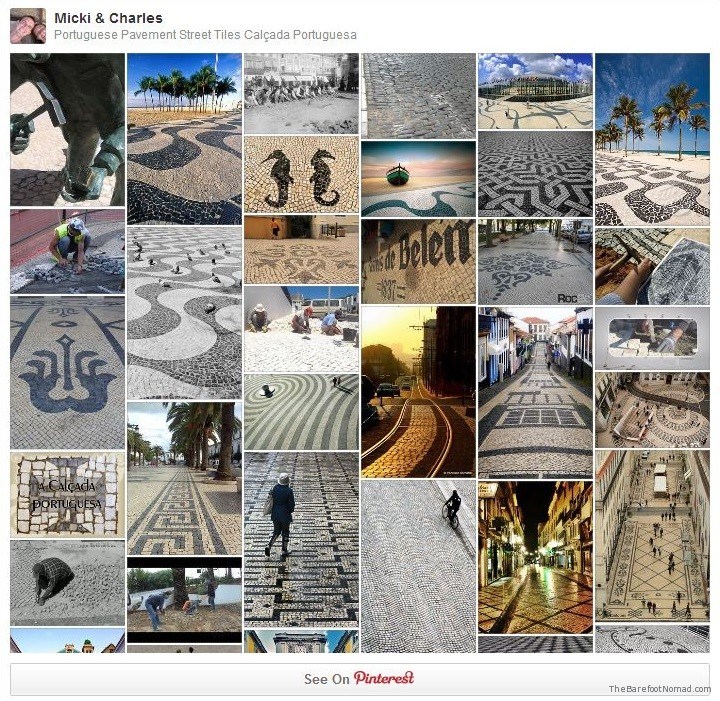
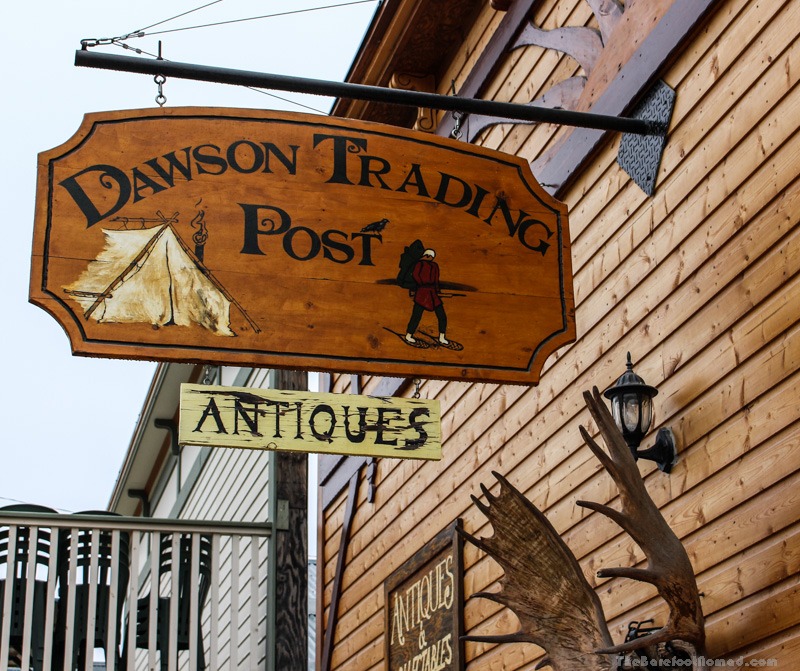
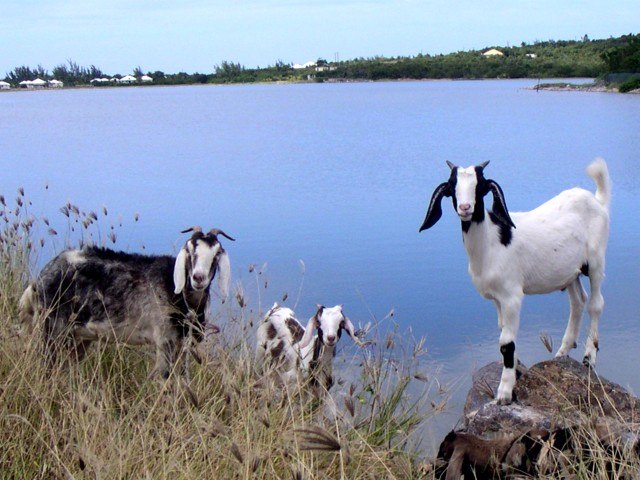
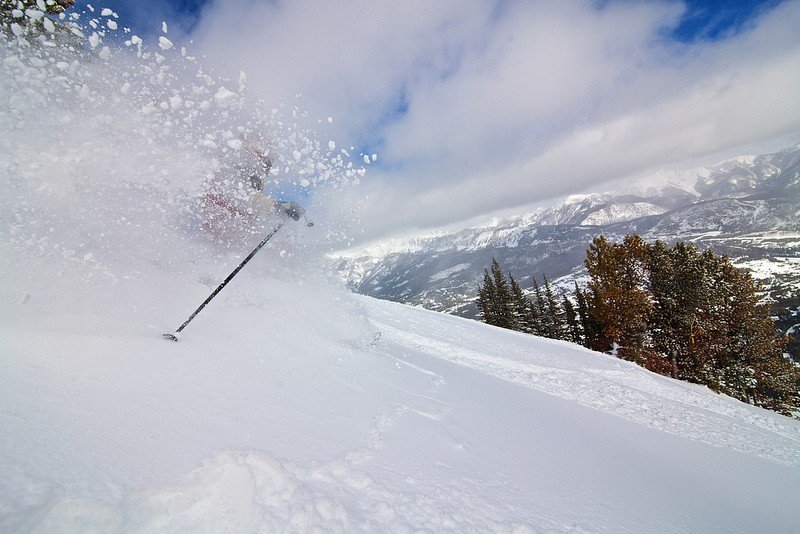
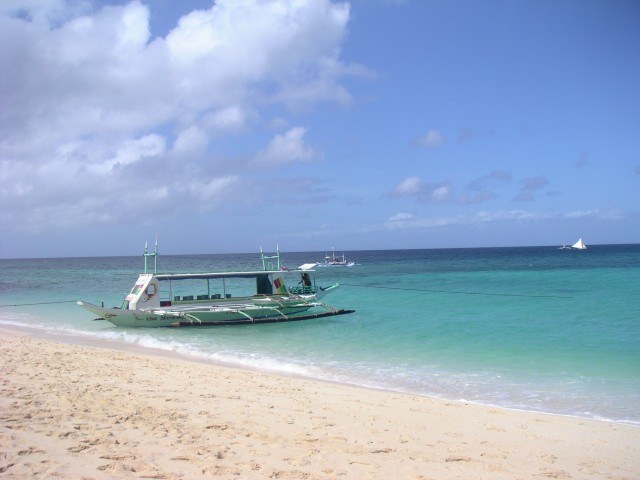


These street tiles stood out to me, too, during my lovely Portugal travels. Good to know more about them!
Looks so beautiful – and such artistry!
What a great idea for a pinterest board! I also noticed these street tiles last time I was in Lisbon – they are just gorgeous.
So pretty! I knew that Portuguese tiles for interior house design were very popular but, having never been to Portugal, I had no idea that this style was outside as well.
It’s funny; Since we went to Portugal I’ve been seeing similar tiles almost everywhere it seems 🙂
I loved the street tiles too, and you did a good job capturing the variety!
These portugese street tiles look amazing! True art. Have never been to Portugal. Your beautiful pictures really make me want to go and walk on these lovely pavements! 🙂
I love those street tiles. I think it was Vancouver? Or some other Canadian city, where there were occasional street tiles with a “no dogs pooping” kind of picture. I’m sure you can imagine the kind of picture I’m talking about…in any case those were funny but a lot let artsy than these you highlighted. 🙂
I haven’t seen those tiles in Vancouver, but I’ll definitely looking for them now 🙂
Street tiles can make all the difference to a town. Wish someone would tell my mayor that!
The last time we were in Lisbon, we were too busy running to make our bus to the Alentejo to notice the tiles. We will keep a lookout for them on our return, however. Thanks for the top tip.
These are stunning! I’m a bit of a freak for tiles and cobblestone paths, and being in Europe I’m walking across them all the time given just how old everywhere is.
I don’t like to think ahead too much because it sounds too much like settling down, but I’d love to do make my own tiled area behind our future home.
It’s little things like unique street tiles that give cities their own feel. The tile patterns are beautiful and certainly deserve appreciation. Thanks for sharing!
I love these kinds of details. Can you imagine a city in the US with these tiles? There’d be signs everywhere, slippery when wet! Walk at your own risk. LOl Great article and love your pinterest board!
What a decorative — and uplifting — alternative to concrete pavements. Sounds like a great way to encourage a culture of walking.
It is definitely the little things that make a place! It’s great that they still make them the same way hundreds of years later.
I love those street tiles.
I loved Lisbon so much, and these street tiles really stood out for me. You got some great shots of them!
Oh my gosh I love the Pinterest board! You have really captured the beauty of the tiles in a gorgeous way.
LOOOOVE those tiles. The seahorses are my favorite!
Wow! That is quite the collection of amazing tile-art pavements! Really enjoyed seeing this and getting the fascinating scoop behind it.
I’ve always admired any kind of mosaic, but these are truly stunning. What a brilliant idea to create a Pinterest board; it serves brilliantly as on online art gallery.
I am Portuguese and have mixed feelings about this. On one hand it’s stunningly beautiful. It’s literally walking on art.
But on the other side, it’s a terrible decision for budget of city hall: it’s expensive, it’s hard to maintain and creates lots of issues with the elderly and women in high heels.
Oh well, the price of beauty!
portugal will always be my favorite place to visit! and yes, those sidewalk tiles are simply beautiful i cannot forget them!